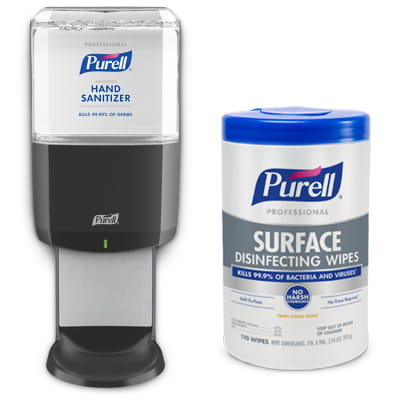Washing and sanitizing hands is the first line of defense against germs that can make students sick. But knowing where germs like to hang out is also important. When students are aware of which objects can hold the most germs, they’ll have a better understanding of when they need to wash their hands.
Reducing germs in the classroom starts with good hand hygiene. Get the best practices for locating germy areas and when students should wash and sanitize their hands.

Awareness is key to a good hand hygiene program, and if students and staff are aware of hot spots – or commonly touched areas where germs can gather – you can start to implement hand hygiene protocols in those areas. Encouraging students to wash and/or sanitize after touching these items and placing soap or sanitizer in these areas can help you reduce illness-causing germs throughout your school.
These hot spots include:
Even if your district has implemented social distancing and limited sharing of school supplies and equipment, it’s still essential for students to understand how hand hygiene affects the way germs can be transmitted. Students should be reminded to perform hand hygiene often throughout the day, and especially at these critical times:
 Later
Later


From Hand Hygiene to Surface Solutions, PURELL® Products Provide Peace of Mind for Your School
Contact your distributor for the PURELL® product solutions you need to fight germs and provide a cleaner, safer learning environment.
Learn more »